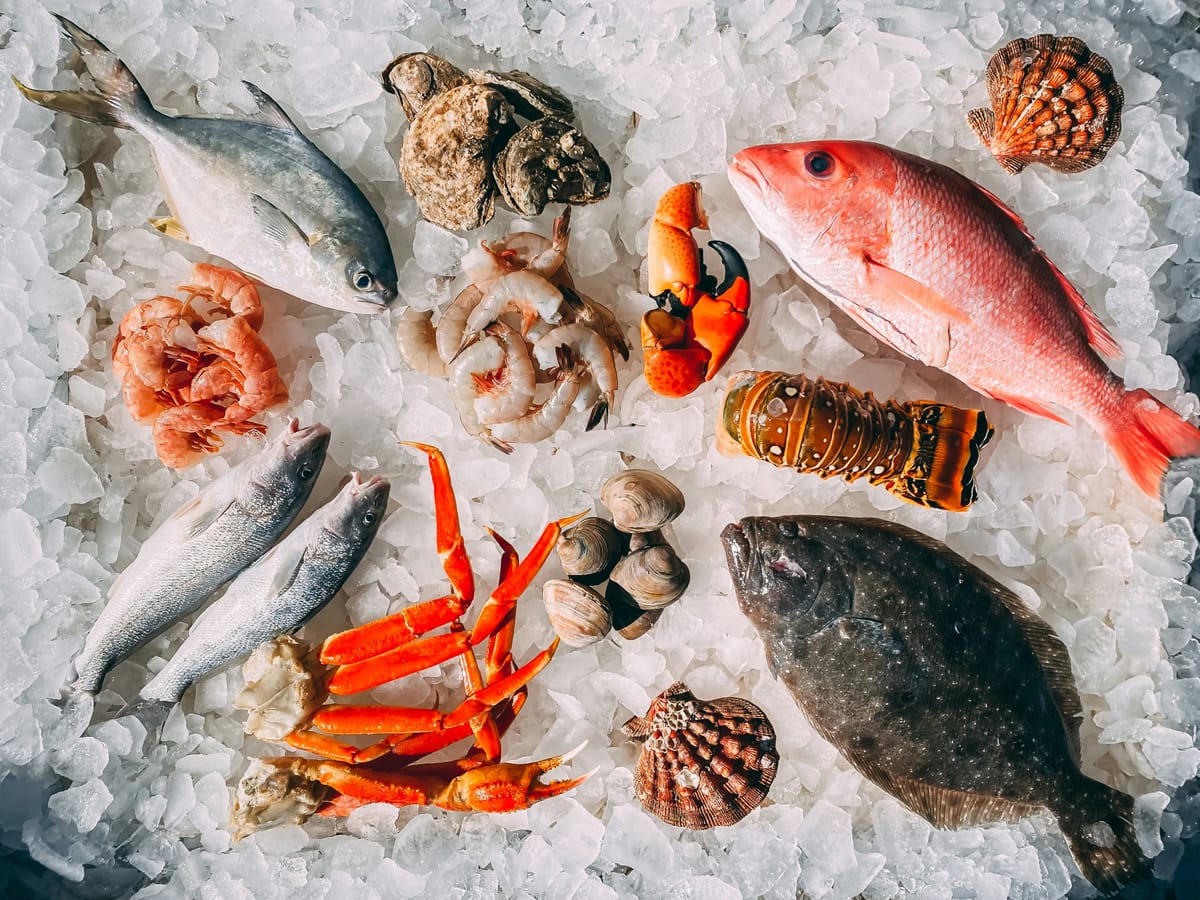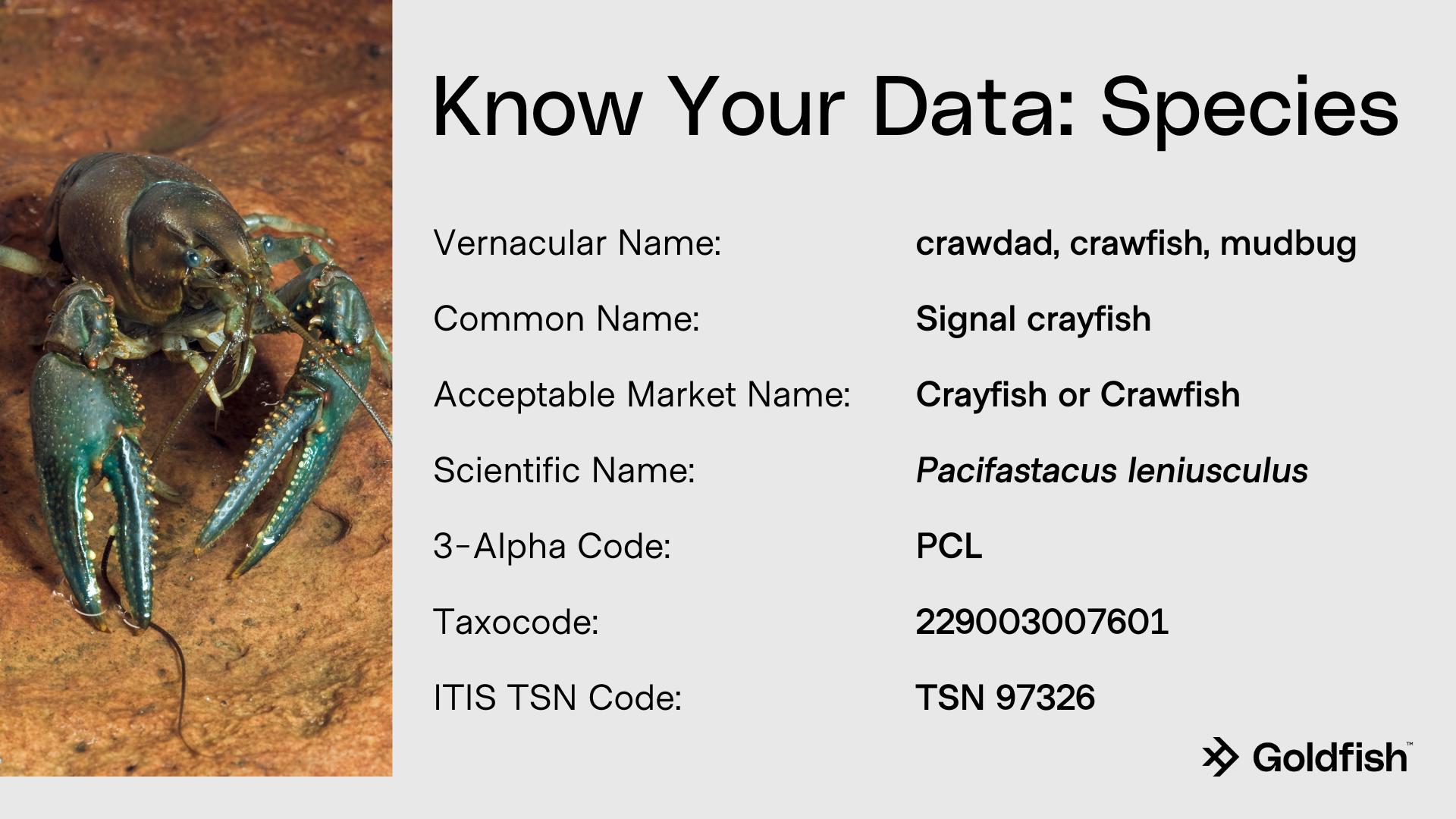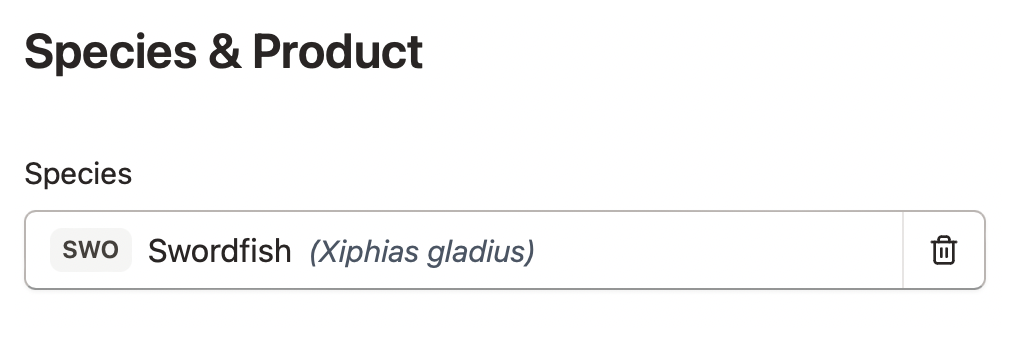Know Your Data: Species

This is the first installment of a short series to help seafood professionals and enthusiasts navigate the complexities of sourcing data.
Thousands of finfish, shellfish, invertebrate and marine mammal species are served around the world from everyday meals to once-in-a-lifetime celebrations. Thanks to the sophistication of modern supply chains, much of this global diversity of seafood is readily available in your local market. But how do we identify these species? The answer varies depending on who you ask and for what purpose. Seafood is locally caught, globally traded, marketed, and researched – each use demands naming structures adapted to its specific needs.
For health and safety, regulatory compliance, consumer trust and quality control purposes it's crucial to know the species you're working with, often requiring translation from one naming convention to another. Today, we'll break down the various ways seafood is named and share resources and tips for navigating this particularly complex aspect of sourcing data.
Vernacular & Common Names
"What's for dinner?" "What did you catch today?" The response to these casual questions among friends and family will likely be a vernacular name. They vary based on region, language, culture, etc. As a kid, my cousins and I would lower baited traps off the dock into Lake Tahoe to catch crawdads for dinner, but in Louisiana you would call them crawfish and elsewhere in the United States they are known as mudbugs.
Common names are a bit more standardized and used more broadly. These are names that we use in our everyday conversations like tuna, salmon, or shrimp. While familiar and easy to remember, both vernacular and common names can be ambiguous. For instance, tuna might refer to a substantial number of species including bluefin tuna, yellowfin tuna, or albacore tuna.
Market Name
Slightly more structured but still largely unregulated, market names are how retailers and restaurants describe their seafood products. Market names can be even more confusing than common names because they are chosen for marketing purposes rather than scientific accuracy. A prime example is the name "Chilean sea bass" used to sell the Patagonian toothfish, which is definintely not a sea bass.
In the United States, the Food and Drug Administration (FDA) provides guidance on acceptable market naming. While not mandatory, this guidance "represents the identity of the species to US consumers and is not confusingly similar to the name of another species nor is otherwise misleading."
Scientific name
Every plant, animal and bacteria has a two-part scientific name, the first word is the genus which groups similar species together and the second the unique species. Scientific names provide a universal language for accurately identifying organisms. For example, the scientific name for Atlantic cod is Gadus morhua, while Pacific cod is Gadus macrocephalus. Dating back to the 1700s, scientific names have stuck around because they are both unique and flexible, with new species being discovered and named (or renamed) through publication in academic literature. Unlike vernacular, common and market names, scientific names are used globally. If in doubt, using a scientific name is the safest approach to ensure that someone downstream in the supply chain will be able to find a correct market name or other identifying code if needed.
3-Alpha Code
Short and easy to remember, the 3-letter code is our personal favorite species identifier for everyday use. Managed by the Food and Agriculture Organization of the United Nations, 3-alpha codes have global reach and are regularly updated. In fact, when we realized that 28 species named in US trade regulations had no corresponding 3-alpha code we asked FAO to add them, and they did in the next update (thanks again guys!)
The one major downside of the 3-alpha code system is its scope: it is only for aquatic species. For this reason, agencies managing regulations and companies managing supply chains that apply to both aquatic and terrestrial species may want to opt for scientific names for the sake of consistency.
Let's take one last look at the crawdad in light of what we have learned:

Problems and Solutions
It is incredibly easy (and common) to accidentally misidentify a species. Why? Because we aren't used to writing in Latin, or in codes. Unfortunately an audit finding doesn't go away if the error was unintentional–the misleading effect is the same and the problems it can induce are very real.
After observing hundreds of unintended species misidentifications firsthand in early trials of Goldfish, we realized that this was a fixable problem that we had the expertise to address. Today, users love that our species selection tool offers predictive text and harmonizes the three species identifiers we see in regulations: scientific name, 3-alpha code and English common name–all of which may be required depending on the specific programs that apply. Users can see all three names at once to ensure they have made the correct selection. It is one of the many small but significant ways Goldfish improves the quality of supply chain data.

Want to ensure you are accurately identifying species? Contact us or visit www.goldfish.io to learn more.





